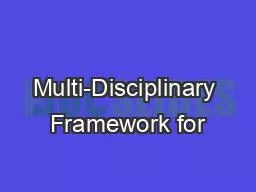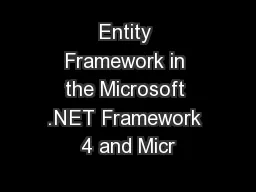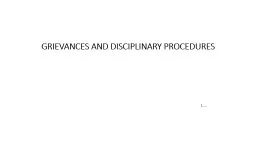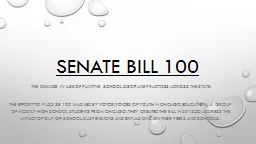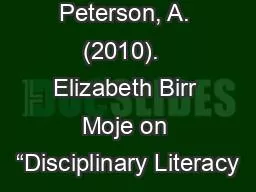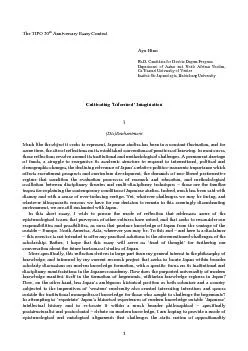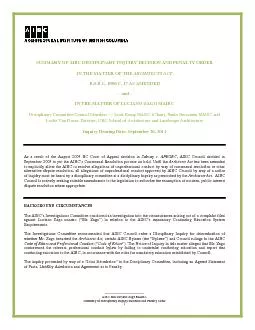PPT-Multi-Disciplinary Framework for
Author : mercynaybor | Published Date : 2020-06-25
BioEnergy Assessment Wim Hugo SAEON ICSU WDS July 2015 Interoperability Considerations Syntactic Service end point definitions for data metadata and processed Schematic
Presentation Embed Code
Download Presentation
Download Presentation The PPT/PDF document "Multi-Disciplinary Framework for" is the property of its rightful owner. Permission is granted to download and print the materials on this website for personal, non-commercial use only, and to display it on your personal computer provided you do not modify the materials and that you retain all copyright notices contained in the materials. By downloading content from our website, you accept the terms of this agreement.
Multi-Disciplinary Framework for: Transcript
Download Rules Of Document
"Multi-Disciplinary Framework for"The content belongs to its owner. You may download and print it for personal use, without modification, and keep all copyright notices. By downloading, you agree to these terms.
Related Documents

